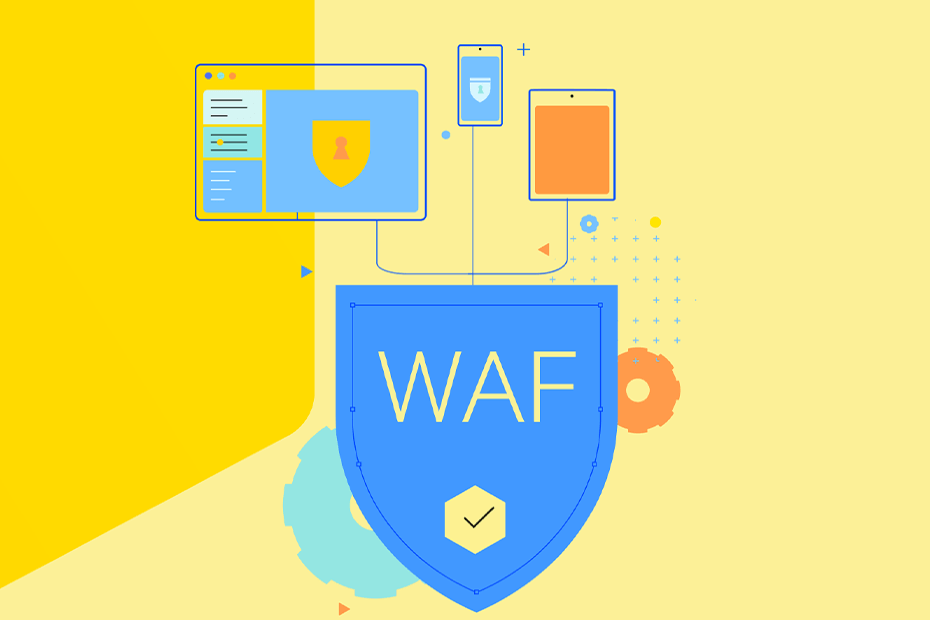In an era of increasing cyber threats, safeguarding your WordPress site is more important than ever. While traditional security plugins focus on vulnerability scanning and malware removal, a robust web application firewall (WAF) stops attacks before they even hit your code. Enter NinjaFirewall WP Edition—a powerful, standalone firewall designed specifically for WordPress.
Table of Contents
- What Is NinjaFirewall WP Edition?
- Key Features
- Installation & Setup
- User Interface Overview
- Configuring Firewall Rules
- Monitoring & Logs
- Best Practices
- Conclusion
What Is NinjaFirewall WP Edition?
NinjaFirewall WP Edition (often abbreviated “NF-WP”) is a true WAF that sits in front of WordPress, intercepting and filtering HTTP requests before they reach your core files or database. Unlike plugins that load within WordPress, NF-WP runs at the PHP engine level, giving it the power to:
- Block malicious payloads
- Defend against known exploits (SQLi, XSS, etc.)
- Prevent brute-force login attempts
- Mitigate zero-day threats
Its standalone nature ensures that even if WordPress is compromised, the firewall remains active.
2. Key Features
- Intrusion Prevention: Real-time blocking of SQL injections, cross-site scripting, LFI/RFI, and more.
- Custom Rule Engine: Write your own filters using simple pattern matching.
- IP Access Control: Whitelist or blacklist IPs, ranges, or entire countries.
- Login Protection: Rate limiting and CAPTCHA challenges for
/wp-login.php. - Resource Optimization: Catches attacks early, reducing server load and PHP processing.
- Easy Updates: Automatic rule updates via the NF-WP API.
3. Installation & Setup
-
Download the Plugin
Visit the official NinjaFirewall site and download the “WP Edition” ZIP file. -
Upload to WordPress
In your WP admin, go to Plugins → Add New → Upload Plugin. Select the ZIP and install. -
Activate
Once activated, NF-WP will inject itself before WordPress core—no additional bootloader edits required. -
Initial Configuration
Navigate to Firewall → Status to confirm it’s running.
4. User Interface Overview

Figure 1: The main dashboard shows overall status, memory usage, and rule version.
- Firewall Status: Indicates Active/Passive mode.
- Memory Usage: PHP memory consumed by NF-WP.
- Rule Version: Ensures you’re up to date with the latest attack signatures.
5. Configuring Firewall Rules
5.1 Pre-Defined Filters
NF-WP comes with sets of predefined filters:
- Level 1 (Basic): Blocks generic malicious patterns.
- Level 2 (Advanced): Stricter checks; may require testing.
- Custom: Your own regex-based rules.
To adjust:
- Go to Firewall → Configuration → Filters
- Select desired levels for each request type (GET, POST, COOKIE, etc.).
- Save and test.
5.2 Adding Custom Rules
# Example: Block requests containing “eval(” pattern => '/eval\(/i' action => 'block' comment => 'Prevent PHP code injection via eval()'
- In Custom Rules, click Add New.
- Paste your pattern, choose “block” or “log.”
- Save and apply.
6. Monitoring & Logs
- Access Logs: See every blocked or allowed request.
- Real-Time Alerts: Optionally send email/SMS for high-severity blocks.
- Export: Download logs as CSV for forensic analysis.
7. Best Practices
- Staging First: Test new filters on a staging site to avoid false positives.
- Regular Updates: Enable automatic rule updates under Firewall → Updates.
- Whitelist Admin IPs: If you’re experiencing lock-outs, temporarily whitelist your office IP.
- Combine with Scanner: Use a malware scanner (e.g., Wordfence, Sucuri) for defense-in-depth.
- Backup: Always backup your database and files before major configuration changes.
8. Conclusion
NinjaFirewall WP Edition offers enterprise-grade protection in a lightweight, easy-to-manage package. By filtering threats at the application layer—before WordPress loads—it minimizes risk and server overhead. Whether you run a personal blog or manage multiple client sites, integrating NF-WP into your security stack is a smart, proactive move.
Ready to fortify your WordPress fortress? Download NinjaFirewall WP Edition today and keep attackers at bay!
Disclaimer: Always test security plugins in a controlled environment before deploying to production.
